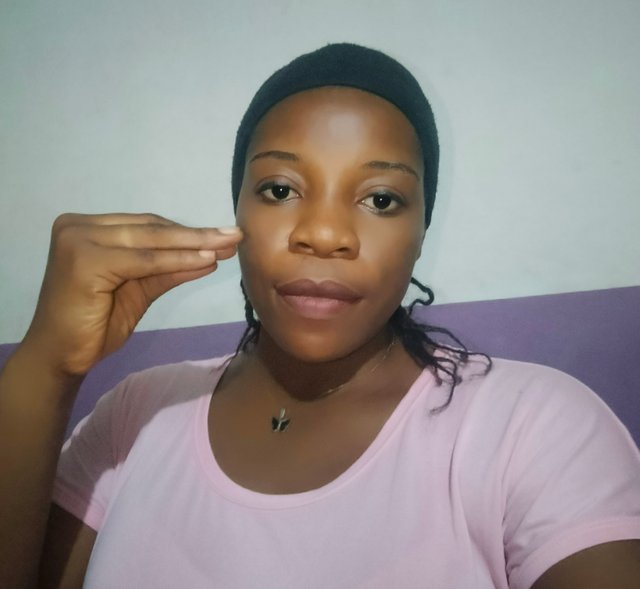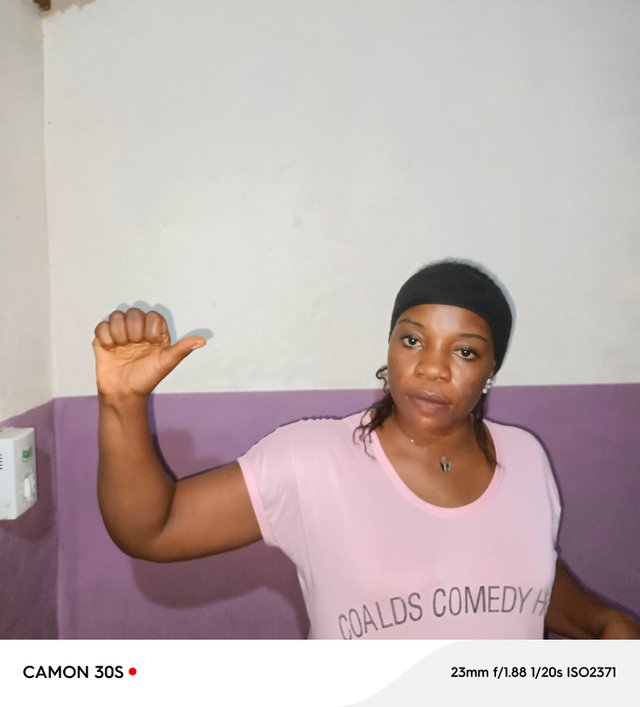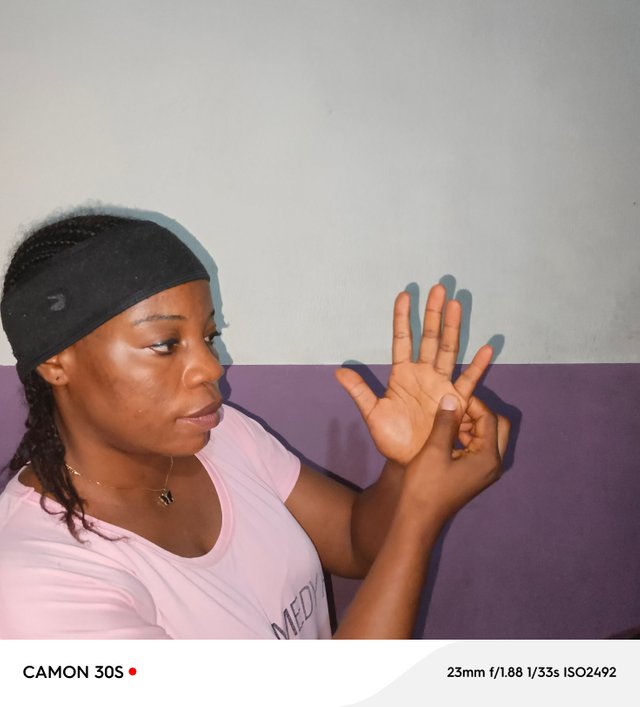Steemit Learning Challenge-S22W3; Trigger Finger
Trigger finger is a condition whereby our finger's tendon is affected, thus causing pain and stiffness in our finger. It makes one have either locking or clicking sensation when he/she is trying to straighten the affected finger. One may suffer from this condition if they strain their finger or use it repeatedly, the finger will inflame and the person will start having pain around the tendon sheath.
This condition can happen to anyone but people with health conditions like diabetes are vulnerable to it. Well, understanding this topic is so important because getting to know the symptoms, causes, and possible treatment options for the trigger finger is crucial, as we will be able to manage the condition and its discomfort and even be able to restore our finger to function normally.
Trigger Finger: is a situation whereby a person finds it hard to straighten one of his/her fingers. This happens when the tendon an organ that helps our finger to move gets stuck or swollen in the tunnel it normally runs through.
I was thinking of someone bending her finger like she wants to pull a trigger on a toy gun and then trying to straighten it, but it clicks or stuck just like the trigger that won't go back smoothly. This can make her finger feel stiff and it can even hurt when she tries to bend or straighten it.
I sometimes notice a trigger finger when I wake up in the morning, and I guess I used to press my finger with my head, thus mounting weight on it. But I don't usually experience the pain for long after stretching my fingers. I learned that the condition is more common in middle-aged people. Treatment for this condition can be simple, yes as simple as resting the finger or stretching it, and in rare cases seeing our doctor for more help.
*I would carry out a clinical assessment of the patient, check his/her history, and even carry out some specific tests to ascertain the patient's condition. Let me discuss the diagnostic process and some of the special tests I'll conduct in detail:
Clinical Assessment:
- I will check the patient's history, which includes symptoms of pain and stiffness. I will ask the time that the patient observes the symptoms and the activities that symptoms worsen, eg, gripping or repetitive hand use. And lastly, I will ask if the patient injured his finger before and I will find out about the patient's medical condition like diabetes or rheumatoid arthritis.
- Physical Examination: *I will check if the affected finger swells, deforms, or nodules. Then I'll palpate the flexor tendon sheath. I will check for pain during flexion.
Special Test:
Flick test: *I will ask the patient to flick the affected finger and release it from the locked position. If she can release the finger that's a positive result, it suggests triggering though still painful.
Notta's Test: For this I will apply gentle pressure at the knuckle base of the affected finger and then ask him/her to extend the finger fully. This suggests tenosynovitis.
Trigger Test: I will try to flex and extend the affected finger and observe any catching or snapping that indicates triggering. If the patient is having any pain, that supports the diagnosis.
Tinel's Test: I will tap over the flexor sheath of the affected finger, if it tingles or the patient feels pain in her tendon sheath then it's a positive test and it shows nerve involvement.
Phalen's Test: Although this test is mainly for carpal tunnel syndrome, there's a modified one-trigger finger. I will just ask the patient to hold her hand in the prayer position and press her palms together for 30 seconds. If she feels pain, it suggests a positive result.
Additionally, Ultrasound will help me to assess the patient's tendon. Also MRI will give me detailed images of the tendon to be able to decide.
Combining these three tests will help me to diagnose trigger fingers effectively.
(1) Massage Of Finger Joints:
- This exercise was soothing, I was relieved from tension in my fingers. Yes I felt more relaxed in my fingers after the exercise and the mobility was improved.
(2) Tendon GlidesTrigger:
- The exercise enhances my finger's flexibility. I felt the gentle stretch and that seems to promote better movement in my finger and it reduces stiffness.
(3) Finger Stretch:
- I enjoyed this exercise because it was refreshing. I achieved a greater range of motion, which felt nice and reduced tightness.
In all, completing this exercises makes me feel more flexible and strong. I notice more mobility and comfort. Practicing it consistently can help to maintain our finger's health and strength.
I've come to learn what a trigger finger is and how the condition can affect the hand's function and our daily activities. It's better if we recognize the symptoms early as this will help us to manage the condition effectively and recover faster. We have several options for treating it, which range from conservative approaches like splinting and resting to more advanced interventions like corticosteroid injection surgery in some severe cases. So what I drive home is that with appropriate care one can find relief from pain caused by a trigger finger and regain full mobility in their fingers, thus going about their normal routines.



Thank you for understanding the lesson and sharing your assignment; I hope that you will enjoy this week's lesson and try to implement it in your life if you see any such case.
Observations
Task 1 (2.7/3)
You have shared a great knowledge about trigger finger, its symptoms, causes but you didn't add it's stages. A bit more depth require to complete the answer. I appreciate your effort.
Task 2 (3/3)
In the second question, you tell us about how you have to assess a patient by doing physical examination, history taking, special tests and investigations. Excellent.
Task 3 (4/4)
You try the trigger finger stretch, finger joint massage, and tendon glides. You did the finger joint massage, tendon glides, and trigger finger stretch correctly. Always remember to apply heat pack in chronic condition and ice pack in acute condition before performing exercises to relax the muscles and reduce stiffness. I appreciate your efforts.
Overall you made a great attempt to answer all the questions. I appreciate your efforts. But next time try to avoid the above written suggestions. Keep learning and try to implement your knowledge to the people suffering from trigger finger or any type of finger issue. Thank you.
Thanks for the review dear
Unfortunately, my hubby experience this sister because of his work using a grinder.
I'm so sorry about that, you can send the link to this post for him to try out the exercises, and I hope his finger will be improved.
Wow
This is very helpful
Thank you so much